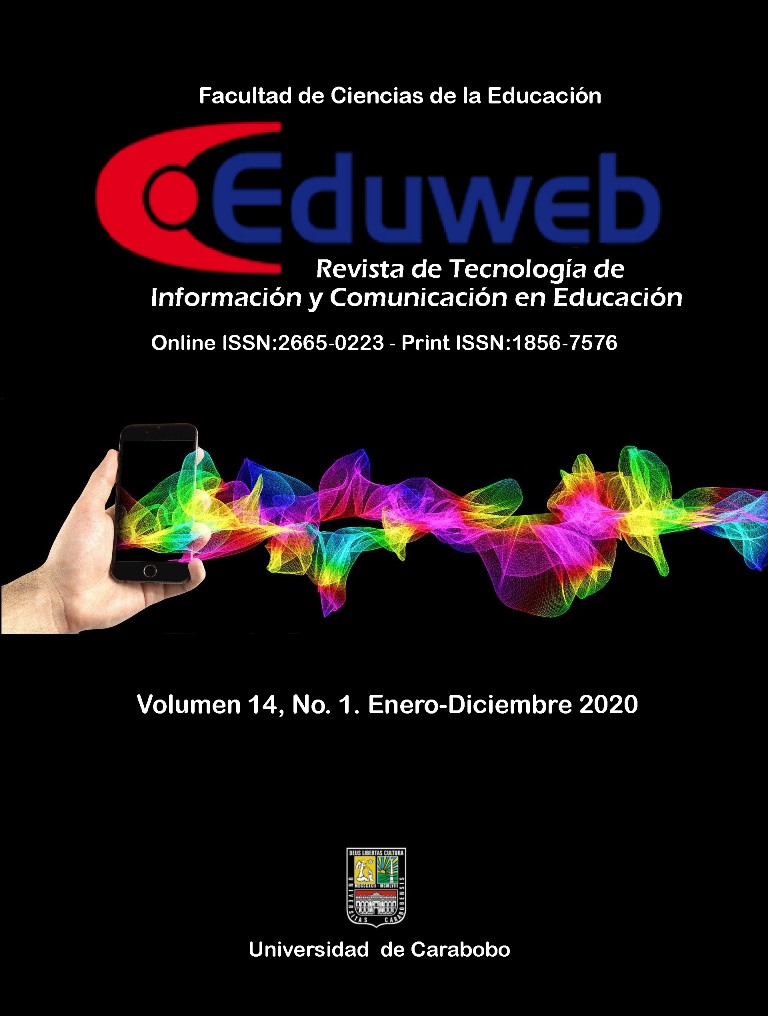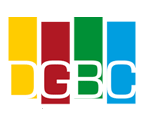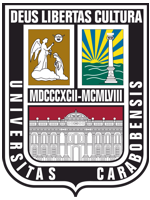The introduction of technology in educational contexts: evolution and challenge
Keywords:
Educational technology, TIC, Digital resources, Education.Abstract
Educational technology has evolved in a constant way over the last decades, conforming an essential element in current educational contexts. This study focus its attention in conducting a review of the way the introduction and educational use of digital tools and resources have evolved from the 1970s until our current era in a global context. After structuring the
article in different phases and detailing the transformation and central elements in each of them, it concludes with an exposition of some of the current educational tendencies and challenges.
References
Area-Moreira, M. (2008). Una breve historia de las políticas de incorporación de las tecnologías digitales al sistema escolar en España. Quaderns Digitals, 51.
Becker, H. J. (1984). Computers in Schools Today: Some Basic Considerations. American Journal of Education, 93(1), 22–39.
Cennamo, K., Ross, J. y Ertmer, P. (2013). Technology Integration for Meaningful Classroom Use: A Standards-Based Approach. Belmont:
Wadsworth.
Cuban, L. (1993). Computers Meet Classroom: Classroom Wins. Teachers College Record, 95(2), 185–210.
Cuban, L. (2001). Oversold and Underused: Computers in the Classroom. Cambridge: Harvard University Press.
Lister, M., Dovey, J., Giddings, S., Grant, I. y Kelly, K. (2009). New Media: A Critical Introduction (2ª ed.). London: Routledge.
Logo Foundation. (2015). Logo History. Recuperado de http://el.media.mit.edu/logo-foundation/what_is_logo/history.html
Malik, A., Heyman-Schrum, C. y Johri, A. (2019). Use of Twitter across educational settings: a review of the literature. International Journal of Educational Technology in Higher Education, 16(1), 36. doi:10.1186/s41239-019-0166-x
McPherson, M. (2016). Evolution of Learning Technologies. En N. Rushby y D. Surry (Eds.), The Wiley Handbook of Learning Technology (pp. 77–95). Chichester: Wiley-Blackwell.
Miguel-Revilla, D., Martínez-Ferreira, J. M., y Sánchez-Agustí, M. (2020). Assessing the digital competence of educators in social studies: An
analysis in initial teacher training using the TPACK-21 model. Australasian Journal of Educational Technology, 36(2), 1–12. doi:10.14742/ajet.5281
Mishra, P., & Mehta, R. (2017). What We Educators Get Wrong About 21st-Century Learning: Results of a Survey. Journal of Digital Learning in Teacher Education, 33(1), 6–19. doi:10.1080/21532974.2016.1242392
OCDE (2015). Students, Computers and Learning: Making the Connection. doi:10.1787/9789264239555-en
Osorio, J., y Nieves, J. (2014). The Beginnings of Computer Use in Primary and Secondary Education in Spain. En A. Tatnall y B. Davey (Eds.), Reflections on the History of Computers in Education. Early Use of Computers and Teaching about Computing in Schools (pp. 121–130). New York: Springer.
Parker, K., y Davey, B. (2014). Computers in Schools in the USA: A Social History. Wn A. Tatnall y B. Davey (Eds.), Reflections on the History of Computers in Education. Early Use of Computers and Teaching about Computing in Schools (pp. 203–211). New York: Springer.
Reimer, J. (2005). Total Share: 30 Years of Personal Computer Market Share Figures. Recuperado de Ars Technica: arstechnica.com/features/2005/12/total-share/
Rushby, N. y Surry, D. (Eds.). (2016). The Wiley Handbook of Learning Technology. doi:10.1002/9781118736494
Shank, S. (2019). J-PAL Evidence Review 2019: Will Technology Transform Education for the Better? Cambridge: ALJPAL.
Snyder, T. D., de Brey, C. y Dillow, S. A. (2016). Digest of Education Statistics 2014 (NCES 2016-006). Washington, D.C.: NCES.
Talley, G. K. (2012). Testing the Digital Divide: Does Access to High-Quality Use of Technology in Schools Affect Student Achievement? University of Maryland, Maryland.
Downloads
Published
How to Cite
Issue
Section
License
Copyright (c) 2021 Diego Miguel-Revilla

This work is licensed under a Creative Commons Attribution 4.0 International License.














